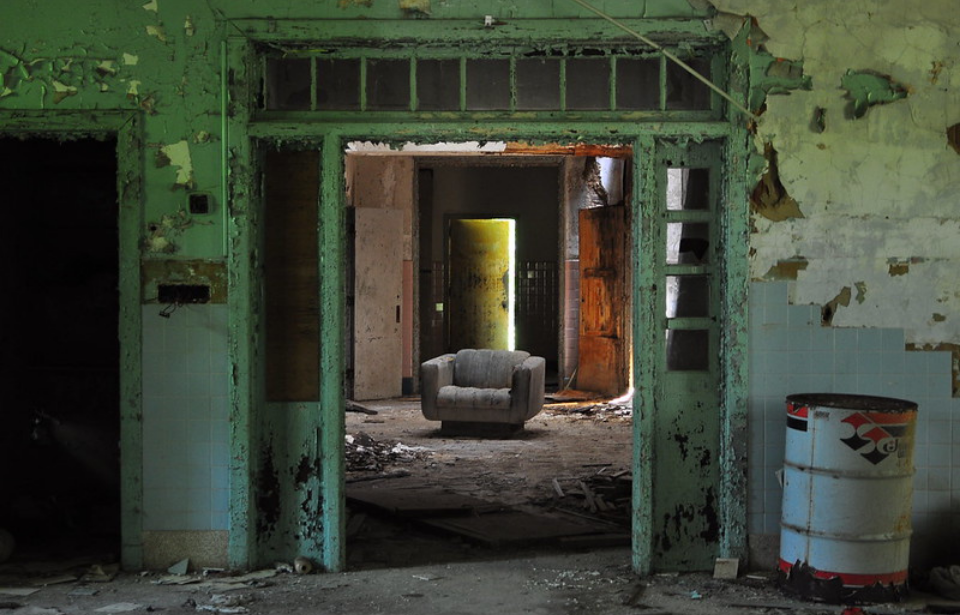There are abandoned medical facilities across the United States, many of which are known for their histories of malpractice. One such location is Maryland‘s Forest Haven Asylum, a live-in facility for children and adults with intellectual disabilities.
Construction of a federally-run facility
Forest Haven Asylum was constructed in Laurel, Maryland, just 20 miles outside of Washington, DC. Spanning 250 acres and an estimated 22 buildings, it was a government-operated facility geared toward helping those with intellectual disabilities better develop important life skills. Each building was known as a “cottage” and given a pleasant name, to ensure residents felt at ease once admitted.
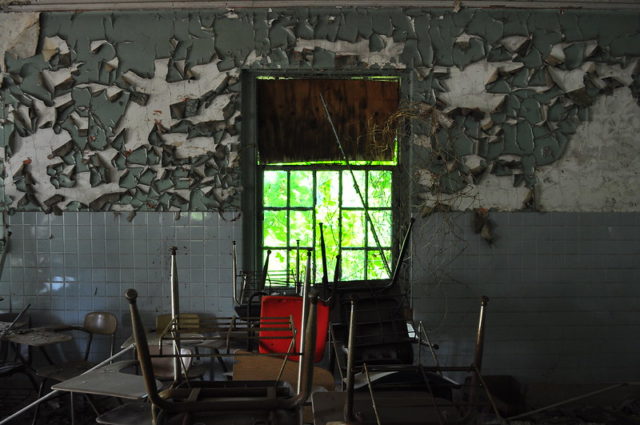
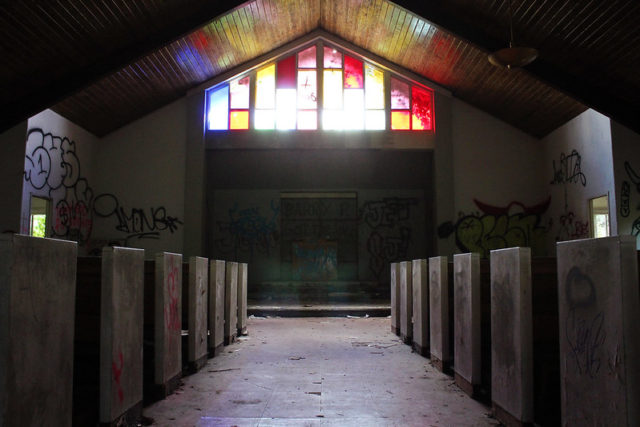
In 1938, construction began on Forest Haven’s administration building. It consisted of a psychiatrist’s laboratory, an operating room, a dentist’s office, an X-ray room and lab space, and had enough room for 38 hospital beds, 18 cribs and two fracture beds. First Lady Eleanor Roosevelt attended the dedication ceremony in 1940.
Beacon of hope-turned-horror house
Forest Haven Asylum opened in 1925, and at the time operated as a farm colony, where patients developed social skills in a non-judgemental environment. They planted and tended to crops, milked cows and participated in recreational activities. At the time, it was considered a forward-thinking facility that provided quality care.
At its height, it housed over 1,000 patients.
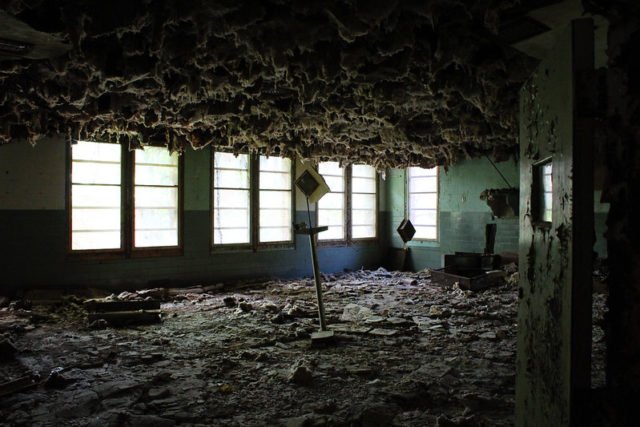
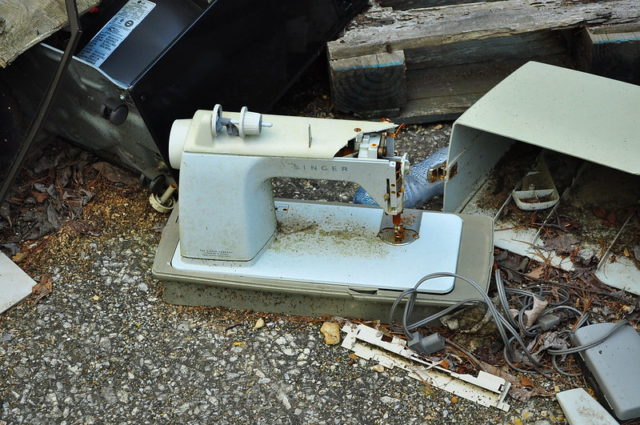
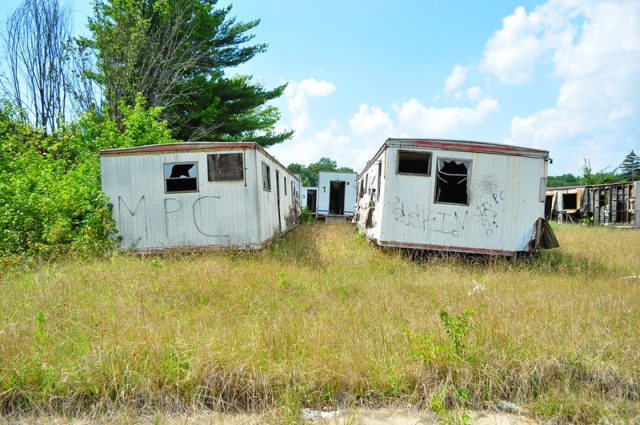
Things took a turn in the 1960s, when the government cut funding, resulting in recreational programs being discontinued and experienced staff being replaced by unqualified workers. Before long, Forest Haven also began to house those without intellectual disabilities, including 20 children from the nearby “Junior Village” orphanage.
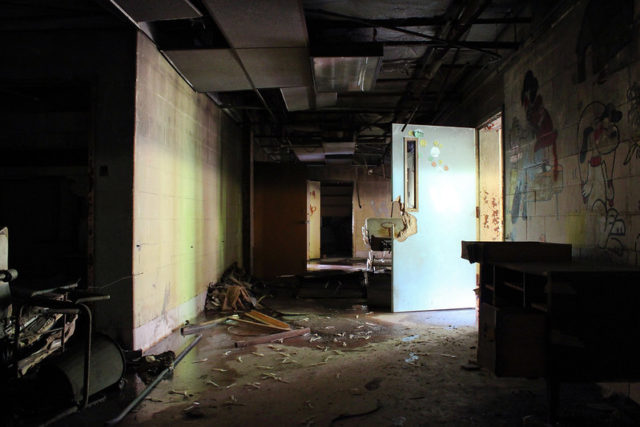
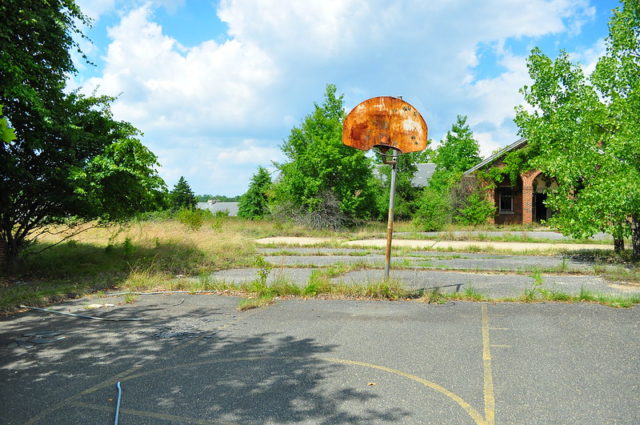
In 1976, the families of those living at Forest Haven filed a lawsuit against the facility, alleging abuse and inhumane conditions. They were joined two years later by the Department of Justice. The suit read:
“Forest Haven – intended as a facility for treatment, education and training, subjects residents to physical or sexual abuse, provides virtually no treatment, has no training program and neglects basic medical care. Its old, deteriorated buildings are filthy, [dimly-lit], uncomfortably hot or cold, and pose safety and fire hazards.”
A settlement was reached, with part of the ruling stating the facility should close and its patients be transferred to others across the state. While transfers did occur, it continued to operate with little outside interference.
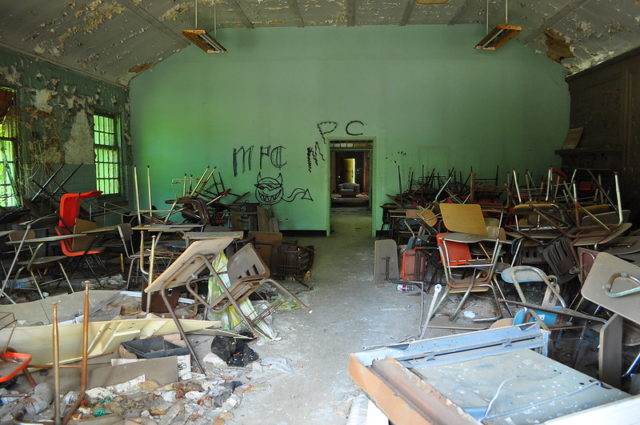
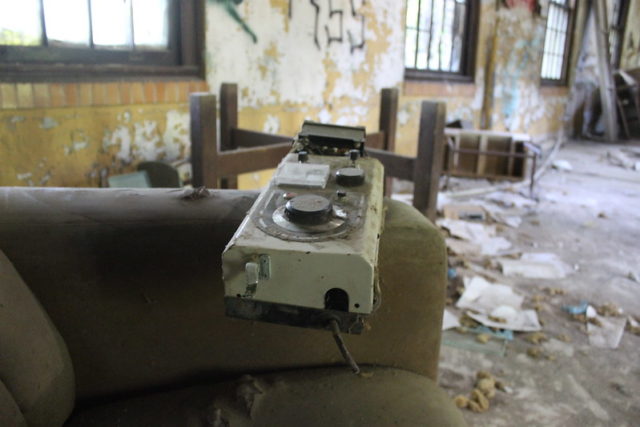
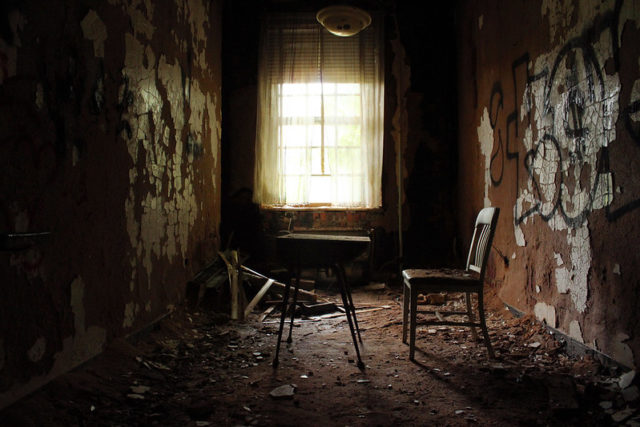
Between 1989 and 1991, the Justice Department monitored deaths from aspiration pneumonia, caused by improper feeding procedures. It also investigated the allegations of sexual, physical and emotional abuse patients faced at the hands of those tasked with caring for them, and found that many were subjected to beatings with belts and baseball bats.
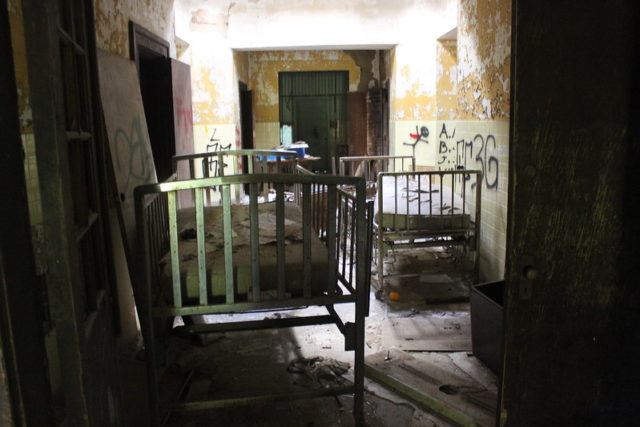
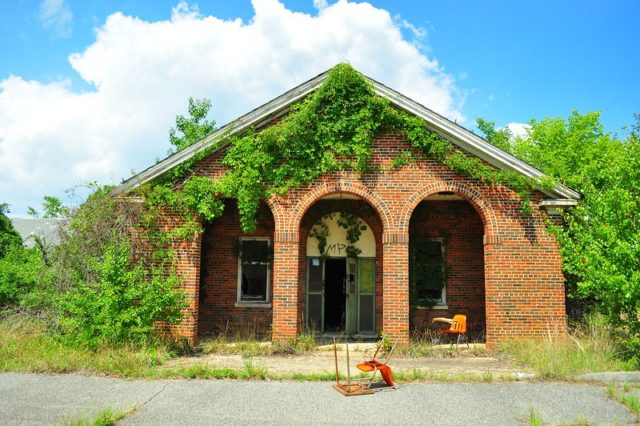
On October 14, 1991, Forest Haven officially closed down. It’s currently unknown how many died at the facility over its decades of operation. A headstone erected upon a mass grave notes 389 individuals are buried there, and some of the graves have become uncovered due to erosion.
Fenced off and monitored
Today, Forest Haven Asylum is abandoned and monitored by the US Park Police, as the facility is located on federal park land. Entry is prohibited, and the property is patrolled regularly by security guards. As well, its only entrance is fenced off. Despite this, urban explorers frequent the location, sneaking in via a well-traversed path.
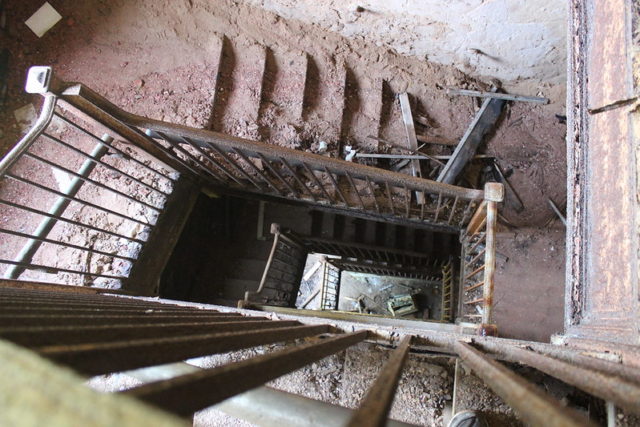
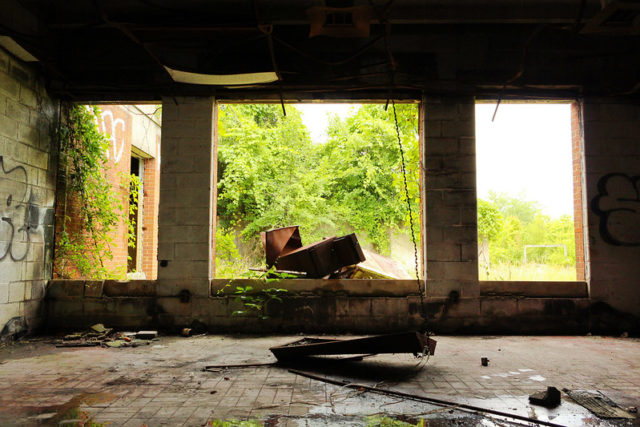
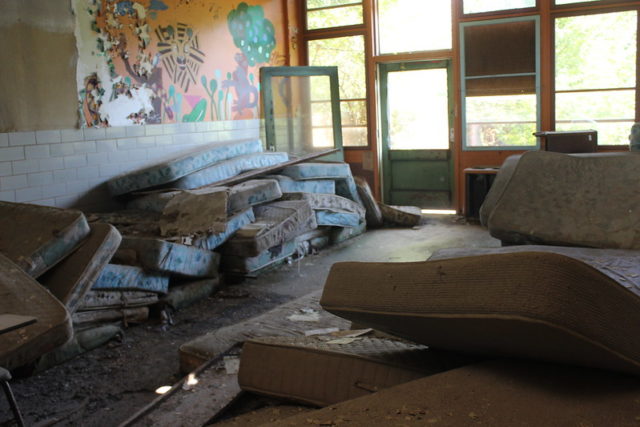
More from us: Inside The Demolished Allentown State Hospital: Creepy Enough To Be Used For An M. Night Shyamalan Film
Many of the hazardous features of the facility’s structure, such as asbestos, have been removed. In their place are peeling paints, decades of graffiti, and an overall stench and sight of rot. A large portion of the medical equipment still remains, including medical records, toys, desks and beds.
